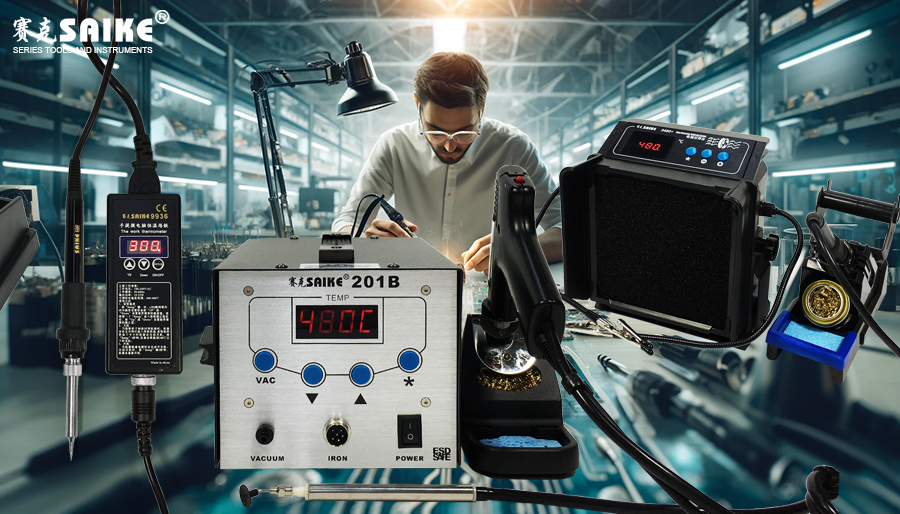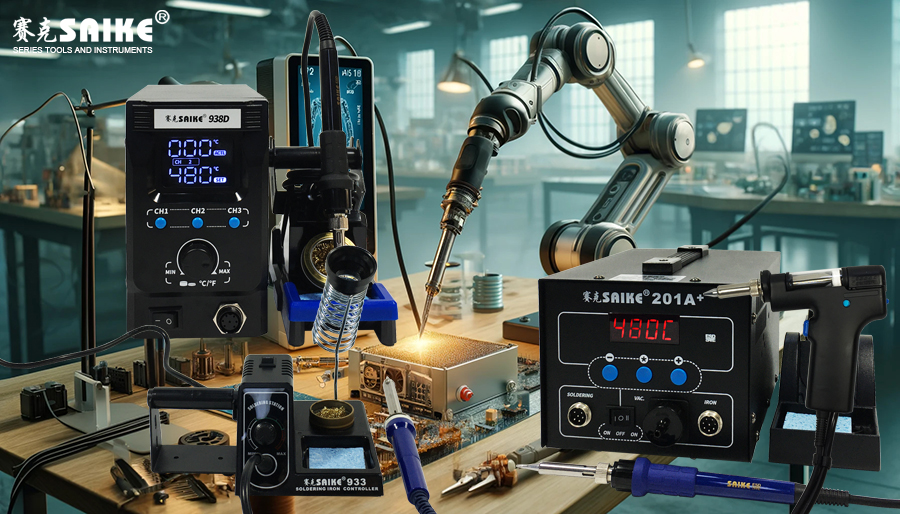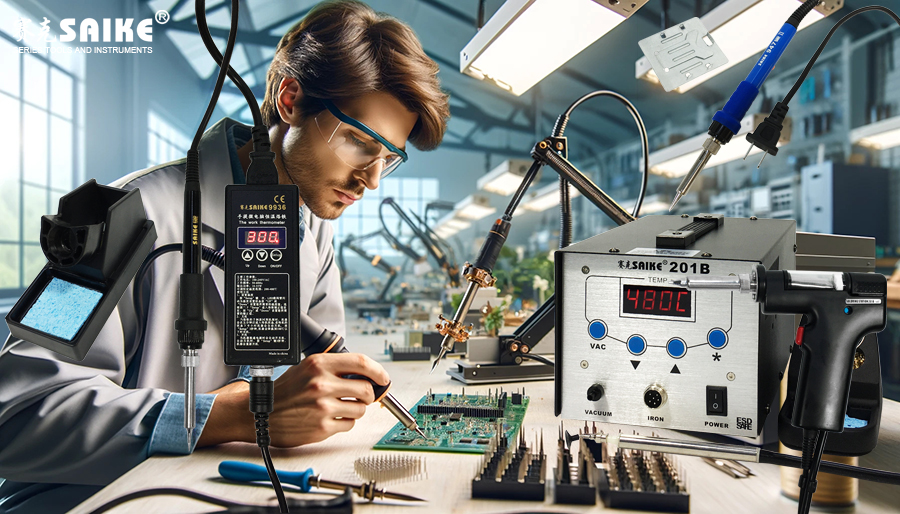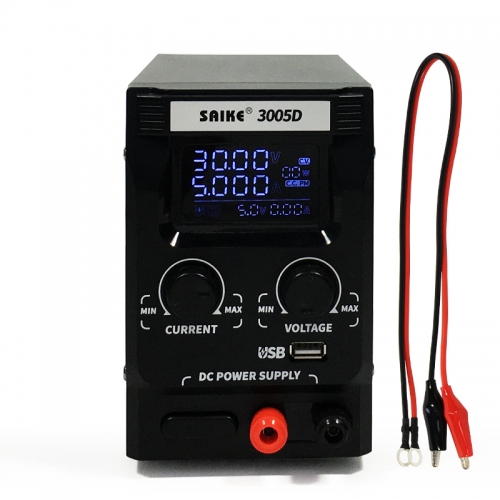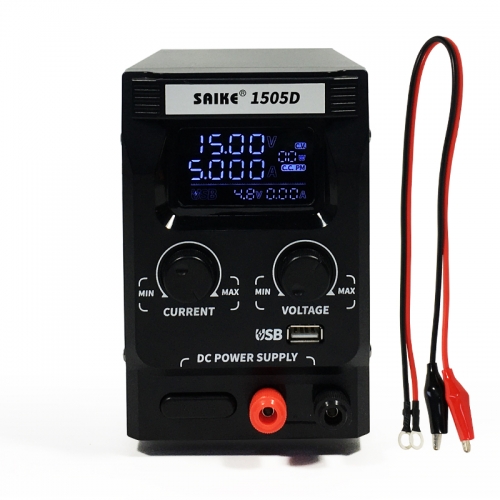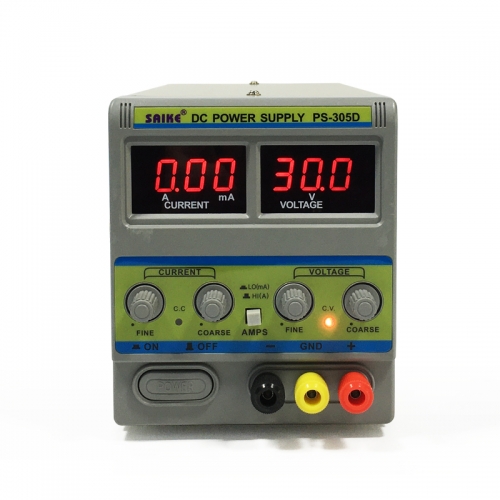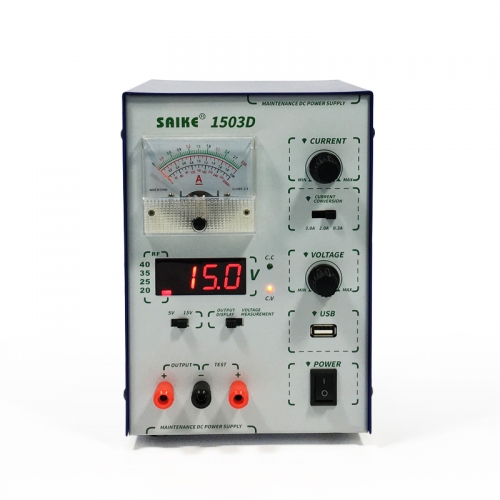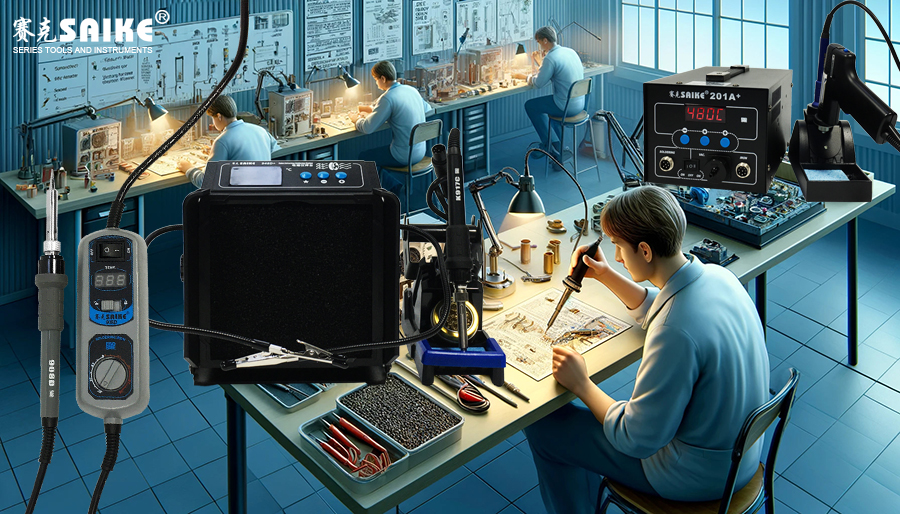
The electric soldering iron is an indispensable tool in electronic production and maintenance work, mainly used for soldering electronic components and wires. Understanding the soldering principles and basic knowledge of the electric soldering iron is crucial to improve soldering quality and ensure work safety. The following will introduce the soldering principles, basic knowledge, and related operation skills of the electric soldering iron.
I. Soldering Principles
Soldering is a process that connects two or more metal joints by melting them. In the electronics industry, soldering is primarily used to connect the pins of electronic components to the pads on the circuit board, forming a good electrical and mechanical connection.
Electric soldering iron soldering mainly utilizes the principle of resistive heating. When current passes through the soldering iron tip (usually made of copper or other metals with good thermal conductivity), electric energy is converted into thermal energy due to resistance, rapidly heating the soldering iron tip. The high-temperature soldering iron tip contacts the soldering wire and soldering point, melting the solder, which then cools and solidifies, achieving a reliable connection between the component pins and the soldering pad.
II. Basic Knowledge
- Selection of soldering iron tips: Soldering iron tips come in various shapes and sizes. It is essential to choose the appropriate soldering iron tip based on the specific soldering requirements. For example, pointed tips are suitable for precision soldering, while blade or bevel tips are suitable for large-area soldering.
- Selection of solder: Solder is a critical material in the soldering process, usually made of a tin and lead alloy (lead-free solder is also available). The melting point, fluidity, and wettability of the solder significantly impact soldering quality. It is essential to choose the appropriate solder based on the soldering object and requirements.
- Soldering temperature and time: Proper soldering temperature and time are crucial for forming good soldering joints. Excessively high temperatures or prolonged soldering times may damage components or cause soldering pads to fall off, while too low temperatures or insufficient time may result in insecure soldering.
- Soldering skills:
-
- Preheating: Preheat the soldering pad and pins to improve soldering quality.
- Solder feeding: When the soldering iron tip reaches a certain temperature, contact the solder with the junction of the soldering iron tip and the soldering point to melt the solder.
- Withdrawal: After the solder melts and fully wets the soldering point, quickly withdraw the soldering iron and solder to avoid overheating.
- Soldering quality inspection: After soldering, check whether the soldering joints are smooth, full, and free of defects such as cold solder joints or insufficient soldering. Cold solder joints refer to solder that has not completely melted or fully wetted the soldering surface.
III. Operational Precautions
- Safe use of electric soldering iron: Ensure that the electric soldering iron is properly grounded to avoid the risk of electric shock. Do not touch the soldering iron tip during use to prevent burns.
- Keep the soldering iron tip clean: Regularly clean the oxides and residual solder on the soldering iron tip to maintain its good thermal conductivity.
- Control the soldering environment: Perform soldering in a well-ventilated environment to avoid inhaling harmful fumes. Keep away from flammable items to prevent fires.
- Learning and practice: Soldering is a skill that requires continuous learning and practice to improve. Beginners can start with simple soldering tasks and gradually master the essentials and techniques of soldering.
By deeply understanding the soldering principles and basic knowledge of the electric soldering iron, combined with practical experience, we can better master soldering techniques and improve the efficiency and quality of electronic production and maintenance work.

